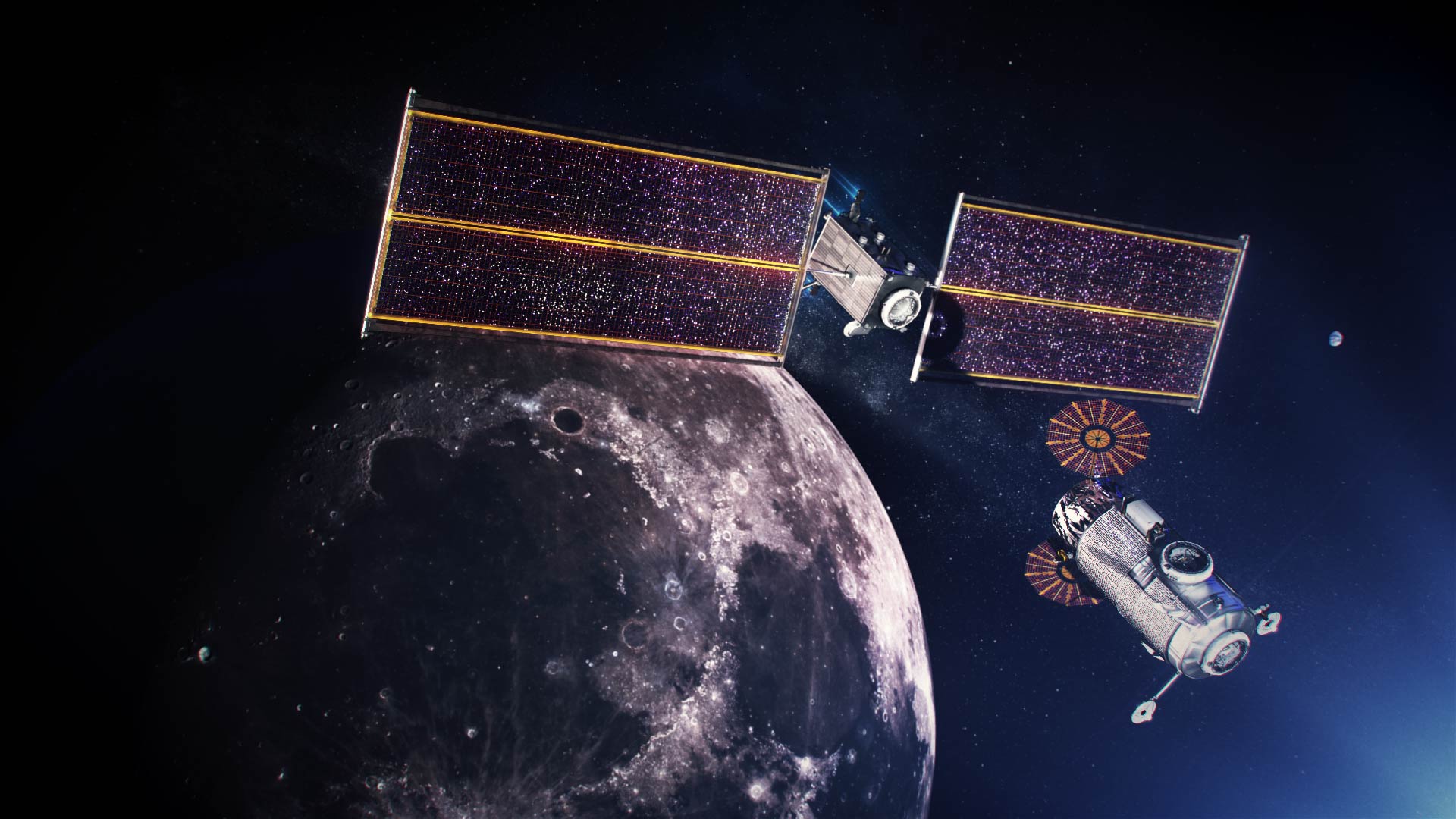As NASA prepares to build a long-term presence at the Moon with its sights on Mars, the agency is calling on college and university students to participate in NASA’s mission by developing design ideas that could increase functionality for deep space human exploration missions.
The 2023 Moon to Mars eXploration Systems and Habitation (M2M X-Hab) Academic Innovation Challenge provides opportunities to formulate strategic partnerships and collaborations with the next generation of explorers – the Artemis Generation. Undergraduate and graduate-level university students will design, manufacture, assemble, test, and demonstrate functional prototypes and innovations that assist in the agency’s Moon to Mars exploration efforts.
NASA’s Artemis Campaign Development division is offering several awards ranging from $15,000 to $50,000 each for teams that design and produce studies or functional products in one of eight topic areas. Winning prototypes could also be integrated into existing NASA-built operational prototypes. Proposals are due by April 22, 2022.
The M2M X-Hab 2023 Academic Innovation Challenge encompasses eight topic areas:
- Plant Growth Systems: Creating a system prototype that can sample pre-processed plant materials to enable genomic sequencing and evaluate the genomic changes of plants off-planet.
- Autonomous Systems for Crew Health and Performance: Design an autonomous device, equipment, or instrument to support crew exercise activities for crews living on Mars for more than one Earth year.
- Liquid Desiccants for Humidity Control: Select and test an optimal regenerable liquid desiccant for drying spacecraft cabin atmosphere. Design, model, build, and test a subscale air-desiccant contactor to show performance, selectivity to water vapor, and successful regeneration.
- High-Viscosity Fluid Flow in Microgravity: Determine the optimal manifolding and pumping method to drive thick fluids through capillary-driven open channels in the space environment by modeling various manifolding geometries, producing designs, and building a test stand.
- Machine Learning for Safety-Critical Autonomous Systems: Develop and demonstrate verification and validation methods to measure the performance of safety-critical machine learning applications for autonomous systems aboard the Gateway.
- Head and Body Monitoring Sensorimotor Assessment Tool: Develop unobtrusive tests of the human sensory and motor systems by monitoring head and body motion to determine fitness for duty.
- Lunar Surface Logistics Transfer: Design a novel approach of outfitting elements that enable movement and storage of supplies and equipment within or external to a habitat for transfer between surface assets.
- Autonomous Cargo Management & Distribution for Surface Logistics: Develop a concept for automated cargo handling of objects of many shapes and sizes aboard Gateway and on the Lunar Surface, considering infrequent human occupancy.
NASA subject matter experts will evaluate the projects and products of the challenge and may integrate them into future human exploration system prototypes. The products of the challenge may also be used in other NASA studies or analyses of exploration architectures.
As part of Artemis, NASA is leading a long-term return to the Moon with commercial and international partners to expand human presence in space and bring back discoveries and opportunities. Key components of the exploration campaign that will send astronauts to the Moon and beyond are currently in development, including NASA’s most powerful rocket yet, the Space Launch System, along with the Orion spacecraft, Gateway, and human landing system.
View the full M2M X-Hab 2022 Academic Innovation Challenge call for proposals:


























